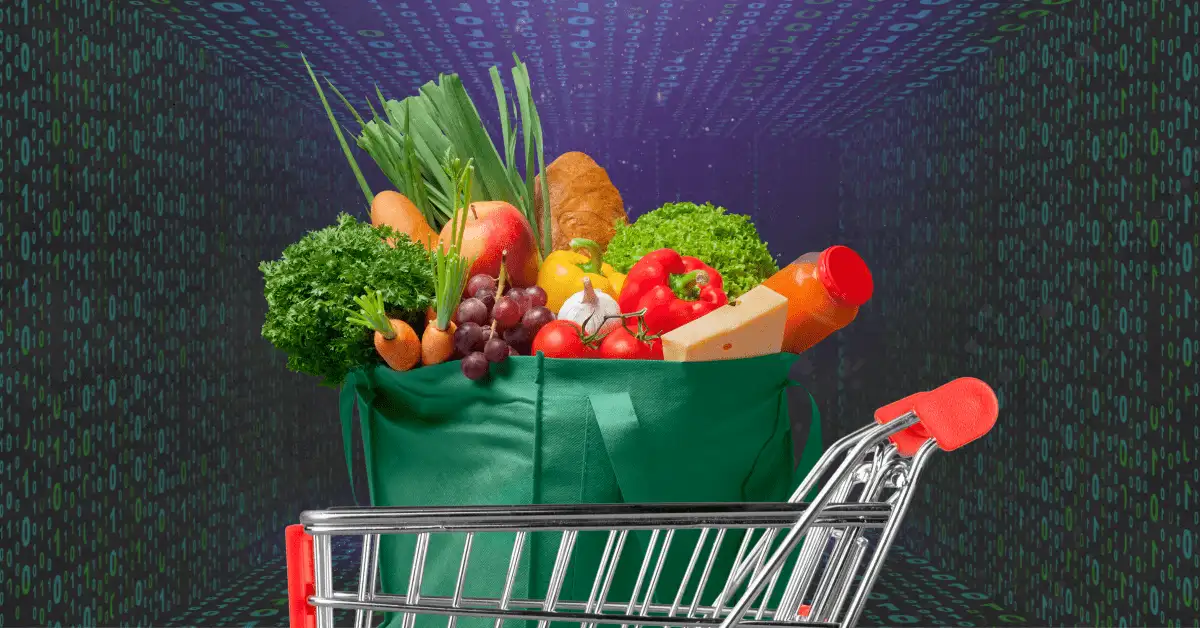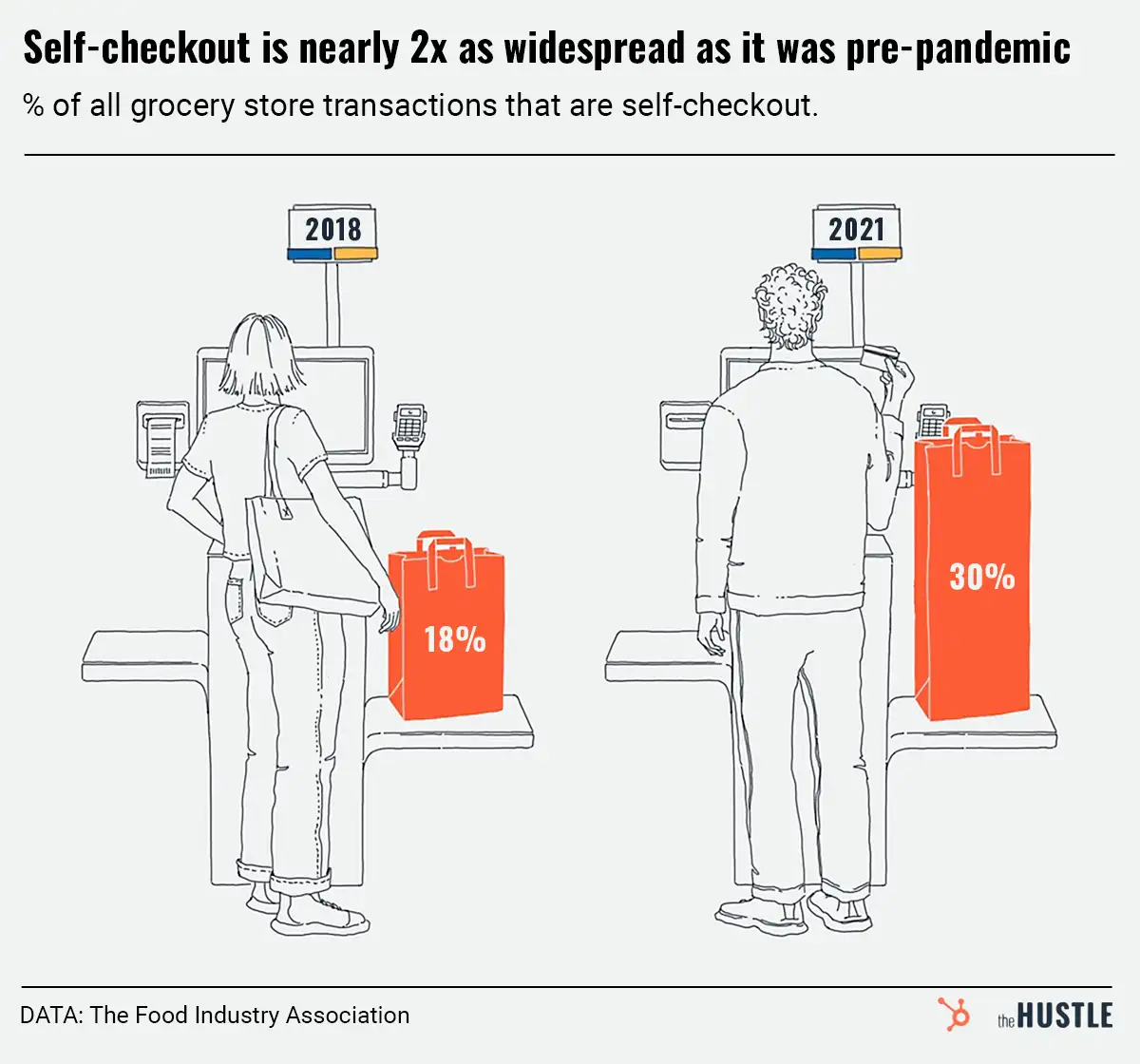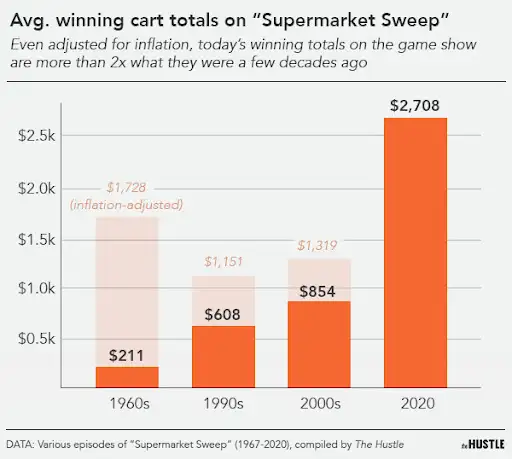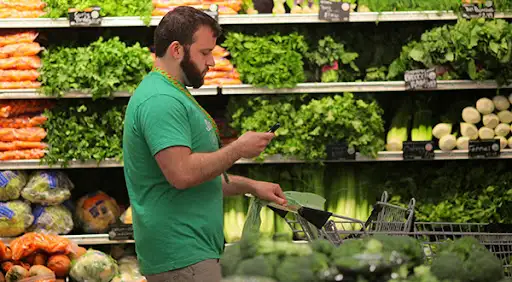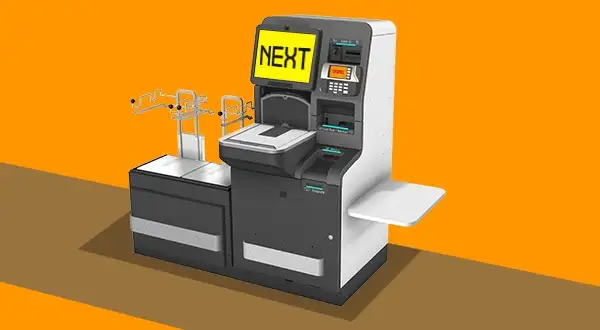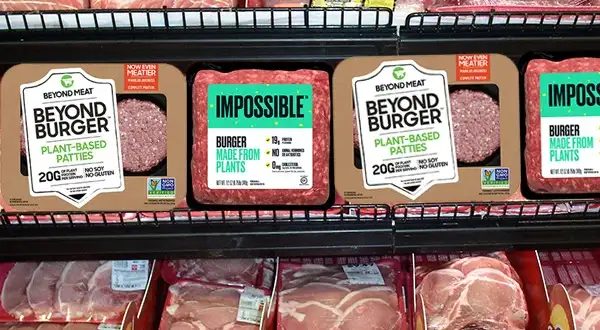“What is my worth?” is a question all grocery delivery services must ask themselves at some point along the way. As Instacart has learned, those answers don’t always come easily.

Instacart, a personal shopping aid for ~10m users, has seen its valuation rise and fall, and now, it seems, it’s ready to rise again.
According to The Information, an 18% increase to Instacart’s internal stock price in February brings its valuation to ~$12B, up from ~$10B late last year — but a far cry from its 2021 peak of $39B.
So, what happened here?
Private tech companies have seen great fluctuation in internal value lately. (Ask Stripe, now valued at ~$50B just two years after a $95B valuation.)
In Instacart’s case, it, in part, has public rivals to thank:
- Its internal share price is set through a 409A valuation exercise, in which consultants measure a company’s quarterlies against the stock performance of similar publicly traded companies.
Adding to Instacart’s wild ride: The food delivery sector in particular was due for some post-pandemic level setting.
- Stocks of competitors DoorDash and Uber saw years of tumult. They’ve stabilized of late (up 31% and 25%, respectively, YTD), lifting up Instacart’s internal valuation with them.
- This isn’t just an Instacart thing; Good Eggs, another grocery delivery firm, has cut its valuation 94% since 2020.
What’s next for Instacart?
Eleven years since its founding, it has long flirted with an IPO and appears to still be waiting for the right window.
Valuation drama aside, Instacart isn’t hurting too much in the meantime — last year’s $2.5B revenue says as much. It also introduced food-stamp payments, added stores, and grew Instacart+ memberships in 2022.
BTW: Stretching your driver’s car to capacity by ordering in bulk? Maybe tip them heartily?
Grocery


